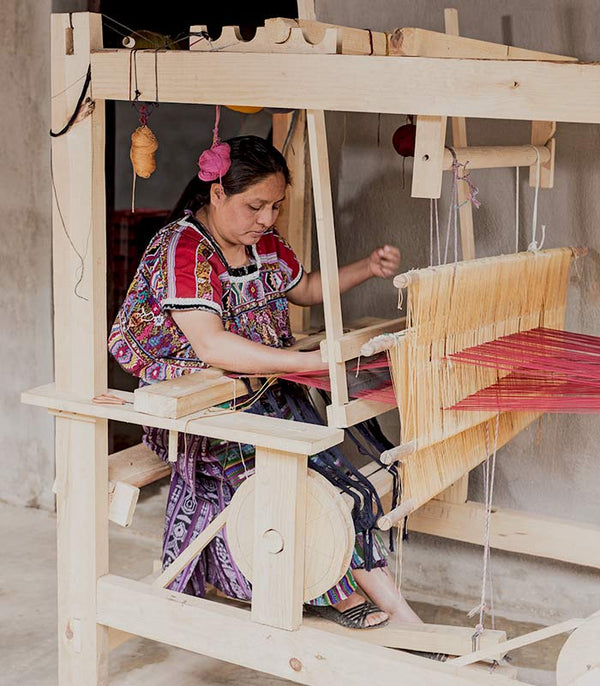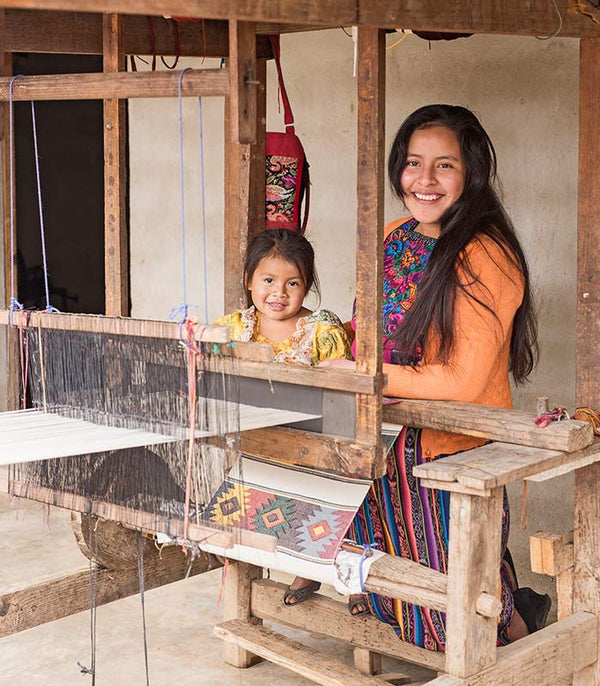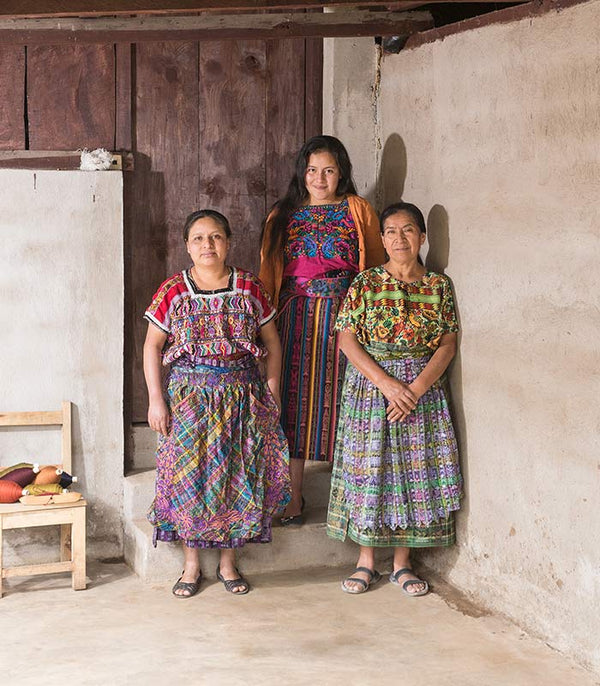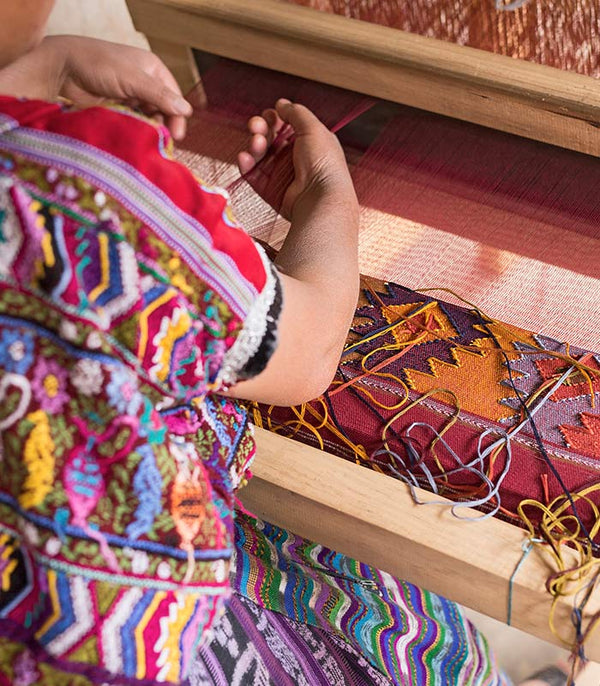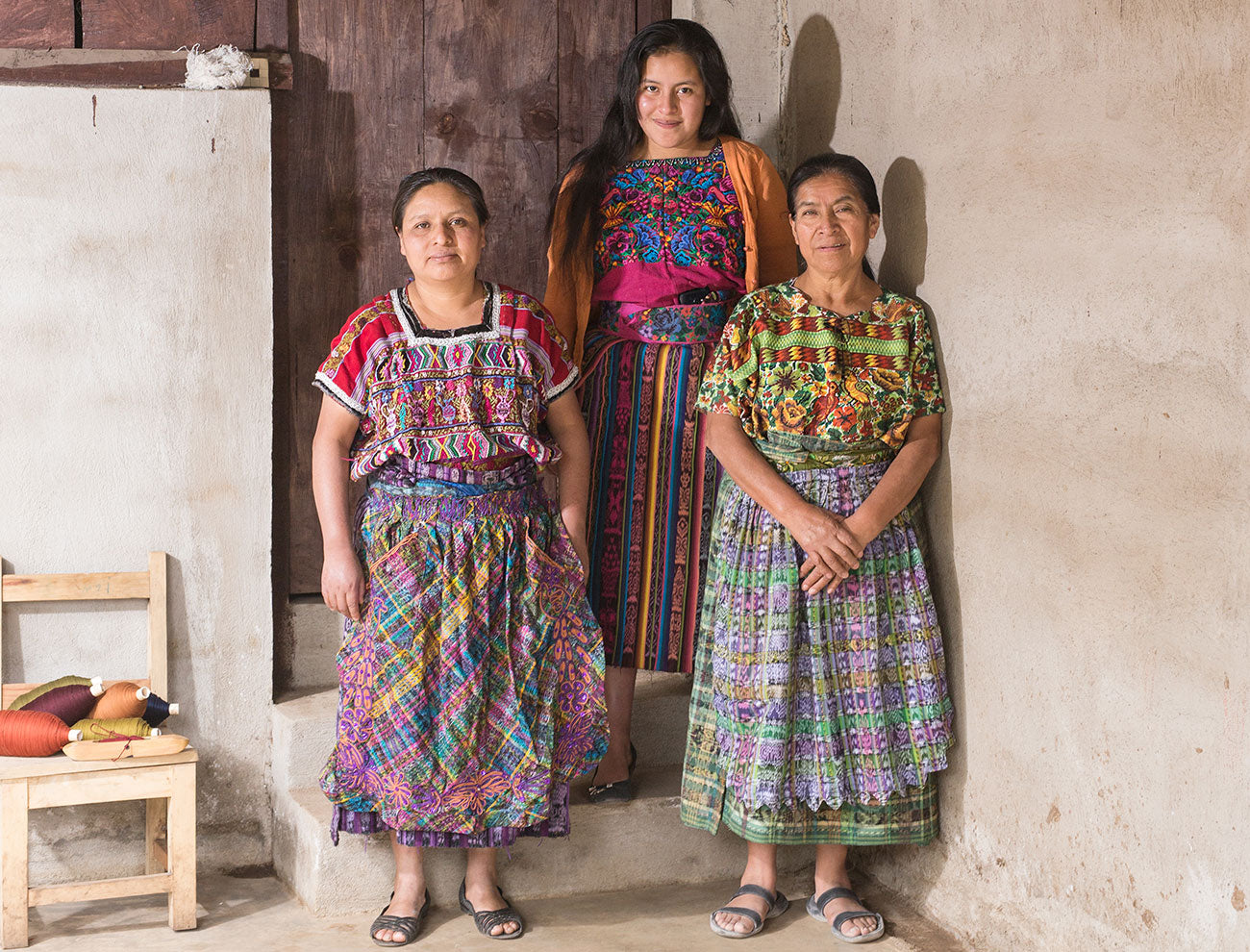Mayan Star Collection
The Mayan Star Collection is one of our most wonderful and challenging projects to-date! During our last sourcing trip to Guatemala, we discovered this textile and absolutely fell in love with it! As we followed the thread back to its origin, over a period of three months, we found that only three artisans in Guatemala are still making this incredible design.




